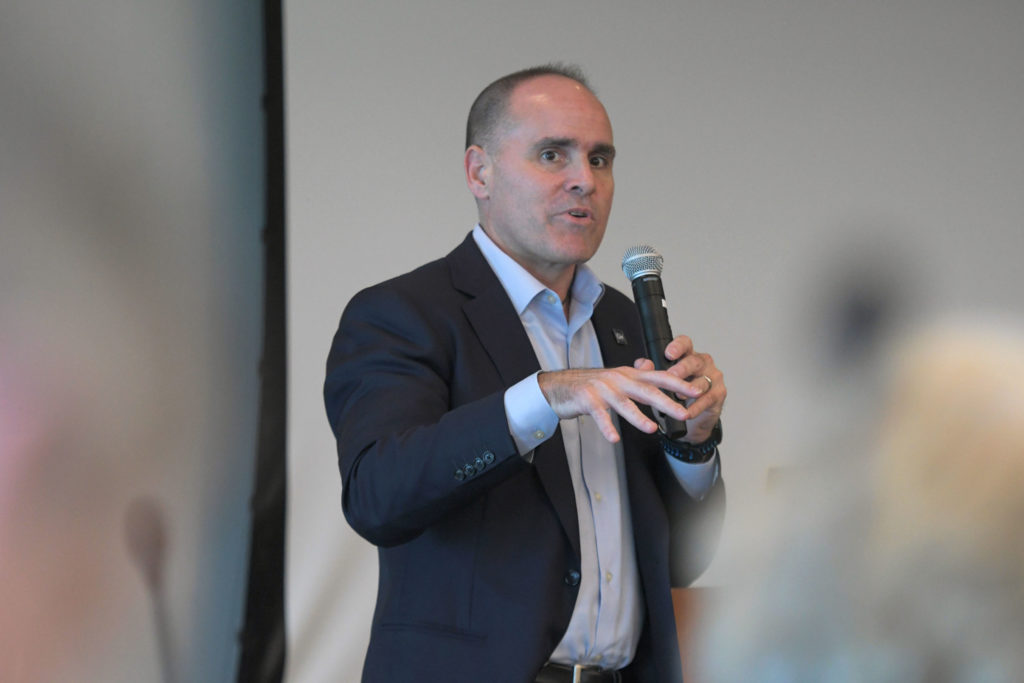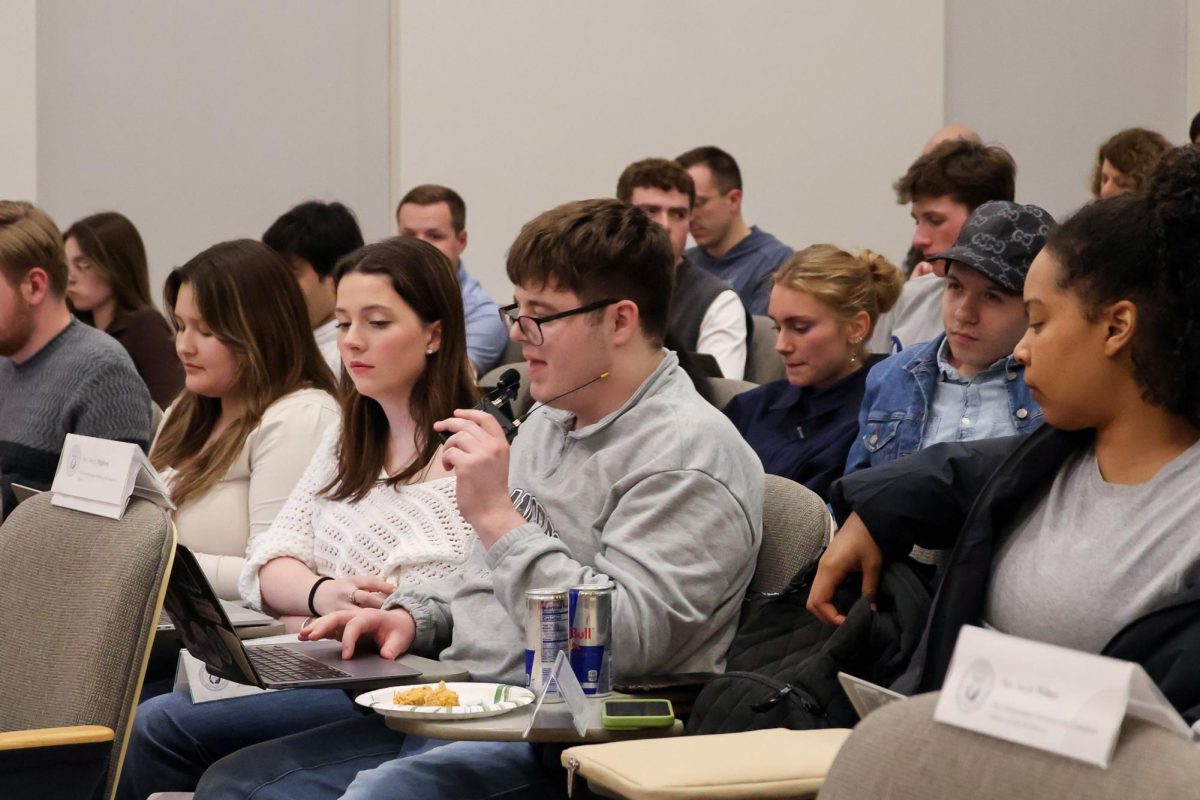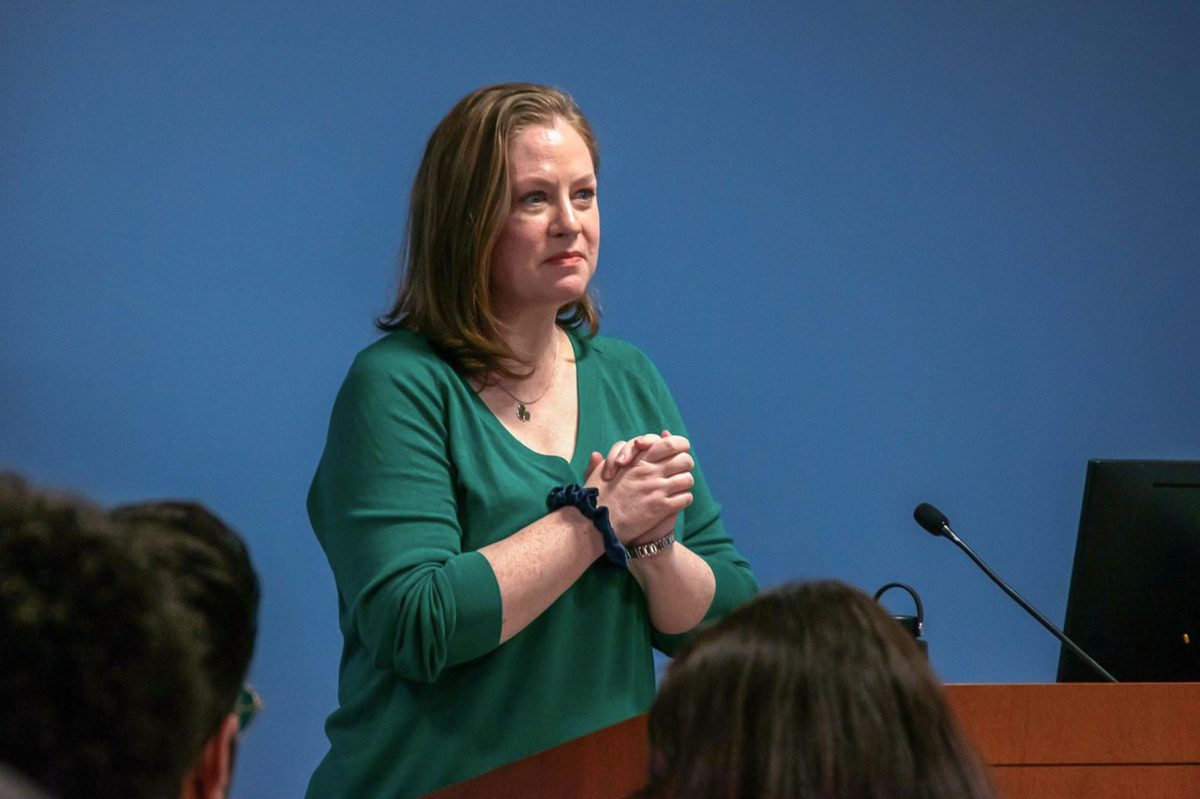GW experienced a roughly $10 million deficit last fiscal year, but officials said they expect the University to break even this year following financial mitigation steps.
Executive Vice President and Chief Financial Officer Mark Diaz said GW’s deficit last fiscal year, which ended June 30, was roughly $3 million less than originally projected, a result of a higher-than-expected summer enrollment and one-time cost reductions. He said the Board of Trustees eventually developed an annual budget in the first week of September based on the information available at the time.
“We finally drew a line,” Diaz said. “We finally said, ‘We need to start managing the operation – we’re going into our fall semester.’ We couldn’t just have a perpetually evolving budget.”
Diaz said in an interview Tuesday that officials didn’t expect GW’s online offerings over the summer would see many students, but the virtual programs “really did take off.” He said steady enrollment in online summer programs helped offset GW’s anticipated budget deficit.
“Our faculty did yeoman’s work to convert a lot of the in-person courses to virtual, and the students jumped on those offerings,” he said.
As the new fiscal year began, the Board granted officials provisional authority over the University’s spending rather than approving an annual budget as uncertainty persisted. Administrators are now projecting a roughly $180 million budget impact as a result of the pandemic this year.
He said this year’s budget does not reflect an annual deficit following administrators’ financial mitigation measures. Officials suspended most capital projects and hirings, froze all salaries with an additional pay cut by some top administrators and laid off hundreds of staff during the first phase of budget cuts, which reduced expenses by $100 million.
To close the remaining budget gap, officials suspended the University’s retirement contributions and will reduce non-recurring expenses and use some of GW’s unrestricted assets. Diaz said trustees gave officials approval to utilize the assets, but it has not yet been determined which assets will be tapped.
“We were still able to land the 2021 budget on a break-even basis, which I think given not only the turbulence but some of the decisions we had to make that had significant revenue impacts, I think that’s an extraordinary outcome,” he said.
The current revenue shortfall projection of $180 million is far less than officials’ model in May, which estimated a $300 million shortfall if classes remained online for the academic year. The change is largely driven by GW’s better-than-expected enrollment levels, which fell just 2.9 percent – far less than the 30 percent drop estimated in May.
Diaz said the financial implications of the pandemic have always been “fluid,” which led to administrators considering many potential actions.
“We didn’t overreact early on,” he said. “We modeled our scenarios, we identified measures that we were definitely going to take, we put other measures on the tables that were really just for discussion.”
Some of administrators’ mitigation steps have been met with intense criticism from faculty and staff, but Diaz said officials have avoided “provocative” measures, like an across-the-board salary cut.
He added that although officials have already announced classes will remain online for the spring, some uncertainty remains, like enrollment levels. Officials sent out a survey to gauge students’ intentions for the spring semester earlier this month, but Vice Provost of Enrollment and Student Success Jay Goff said last week there is “no indication” enrollment will shift beyond normal trends.
“We are still monitoring several data points like a hawk as we move closer to the spring,” Diaz said.








